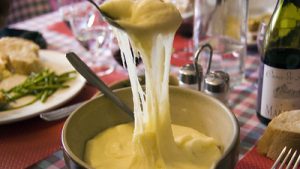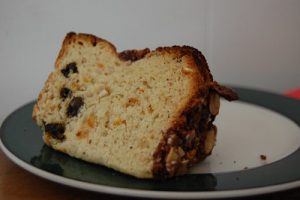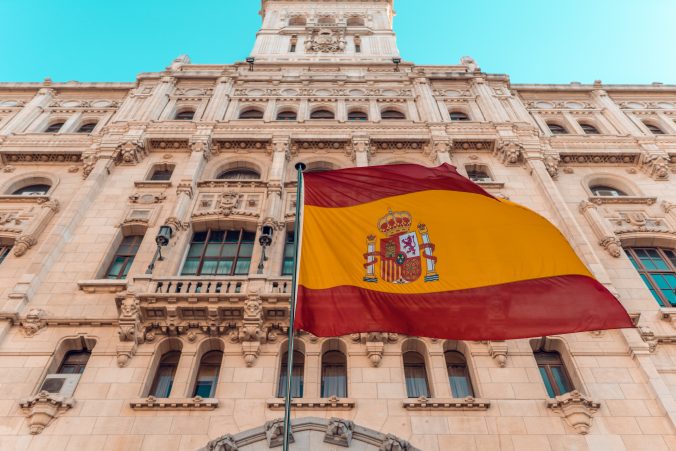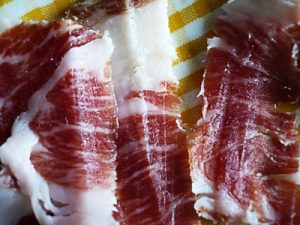Welcome back! This week I will be discussing French cuisine. French food is by far one of my favourite types of cuisine. In this blog, I will discuss some types of French cuisine and my experiences from when I went to France and enjoyed their culture and cuisine.
Blanquette de Veau is made of a veal ragout. The en blanquette cooking technique is used when cooking this type of veal. For this cooking technique white meat is cooked together with roughly chopped onions, celery, and carrots. The meat and vegetables are also combined with stock, yolk, cream, aromatic herbs, and mushrooms. These ingredients are then thickened with a roux. This meal was commonly eaten in World War II and eaten with rice.
Aligot is a type of cheese. This is a version of fondue. This consists of mashed potatoes blended with butter, cream, crushed garlic, and traditional Tomme d’Auveregne cheese.
Ratatouille is very popular among the Mediterranean coast. This dish can be served either hot or cold. Ratatouille is a vegetable stew. Each vegetable in the stew is sauteed in extra-virgin olive oil. Common vegetables that are included in this dish are zucchini, bell peppers, tomato, eggplant as well as aromatic herbs. Once each of these vegetables is sauteed they are placed into a baking dish and baked.
In the spring of 2017, I took a school trip to France. We traveled all over the country. We traveled to Paris, part of Normandy and Brittany, and some other smaller villages throughout our travels. I tried a variety of different foods while in France. One food that was particularly interesting to try was escargots. I was not going to try this, but then my friends convinced me to. I have to say I did not like the taste/texture of escargots, but I am glad that my friends convinced me to try it and have that experience as I do not know the next time that I will be able to try authentic French escargots. We also tried things like fresh baguettes, crepes, sandwiches, and many more. There was definitely some food that I did not enjoy, but there was also a lot of food that I did try that I never thought that I would enjoy but I did. The first thing I ate when we got to France was a Nutella crepe outside of the Notre dame cathedral. Just seeing the process of the vendors making authentic food on the streets, like crepes, was crazy to me. That is not something you see on Vancouver Island unless there is some sort of event that has vendors. Overall, I would love to try some of these foods that I had stated at the beginning of my blog, but I would also like to go to France again and try some of these foods from different areas and also different varieties of food.
Thank you for reading my blog! Next week will be my last blog and it will be a conclusion blog on what I have learned throughout this inquiry process.
(Escargots from France trip) (Aligot)


Attributions:
“Aligot” by Tavallai under CC BY-ND 2.0.
Information:
https://theculturetrip.com/europe/france/articles/21-regional-french-foods-to-try-before-you-die/
Photo by Anthony Choren on Unsplash













